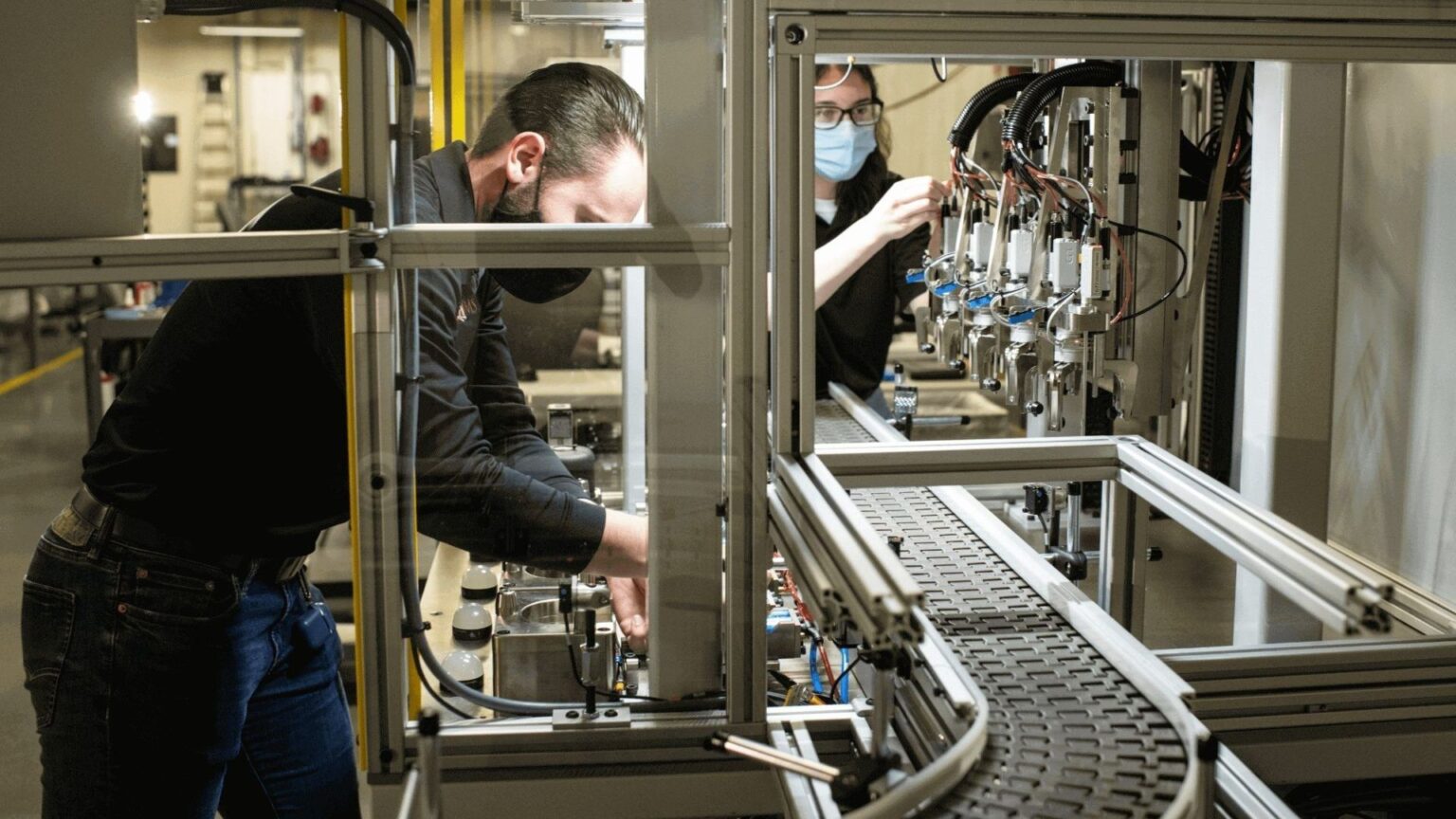Decades of experience in a range of industries
Proven processes for smooth delivery
Engineering and design expertise
Advanced Inspection and Testing Services: Ensuring Quality
When it comes to industrial manufacturing, there is no such thing as perfection. At some point, processes will experience upsets, products will have defects and expectations will be missed. For tenured manufacturing professionals especially, this is an inevitable fact of life; it is not a condition of “if,” but “when.”
In many ways, the quality of manufactured products is a numbers game. The goal of the game is to simply catch issues before they make it into the wild. This is where the quality control practices of advanced inspection and testing come in.
Inspection and testing involve a set of engineering tools and processes that manufacturers employ to detect, isolate and resolve product concerns in order to protect customers, employees, brand reputation and public safety at large.

Setting the Bar: Standards for Product QC
This example is a sample quality control inspection specification calculated using ISO 2859-1 AQL (acceptable quality limits) standards. Such technical specifications use statistics to weigh the cost and impact of performing inspections against the chance that bad units will go undetected.
In a perfect world where cost was no object, every produced unit would be inspected to ensure suitability, but this is not practical at industrial manufacturing scales. So, statistical process control (SPC) specifications such as the above take precedence.
While our example above refers to inspection, this same concept applies to testing as well. Because of the added risk involved with products that require testing, the statistical parameters of testing practices will naturally be tighter, calling for higher levels of sampling and testing.
To help guide manufacturers to the correct inspection and testing parameters, multiple third-party entities publish guidance documents, industry standards and statistical models as reference materials (or in some cases, regulatory requirements). ISO, ANSI, ASTM, FDA and ASME are just a few examples of agencies that issue relevant standards.
The Many Methods of Product Inspection and Testing
Examples of Product Inspection
Examples of Product Testing
Automating Product Quality Control Processes
Improved Test Reliability
Eliminates “false positives” and introduces industrial controls to make tests more resilient, repeatable and consistent.
Bolstered Product Quality
Using automated safety checks and inspection tools built into the test machine assures that the test subject is ready for the test, and avoids time lost to tests that are bound to fail.
Removal of Human Error
By automating handling, positioning, testing, results recording and pass/fail determination, operators are freed up to perform other tasks.
Reinforced Paper Trail
Automatically and safely capture digital records of test results that can be used for customer service, regulatory compliance, audit response and internal continuous improvement needs.
Quality Control as One Big Feedback Loop
While we’ve focused on the defensive nature of quality control, let's return to the offensive side we introduced earlier. All of the above statistical process control methods we've outlined are tied together by a common thread; that is, all of the results obtained through inspection and testing should be used to improve the production process so that over time, the amount of rejects decreases.
Now playing offense, quality managers use inspection and testing outcomes as feedback into a separate workflow known as continuous process improvement, driving tactical actions that improve machinery, train up employees, swap out underperforming materials and overall tune up the entire manufacturing operation. In this way, quality control is really one big feedback loop, and inspection and testing practices are just one of many spokes in the wheel.
Discover why many manufacturers choose to automate their quality control practices, so that they can sprint towards better results faster, and with greater confidence of success. If you have questions about inspection and testing of assemblies, contact us today.
